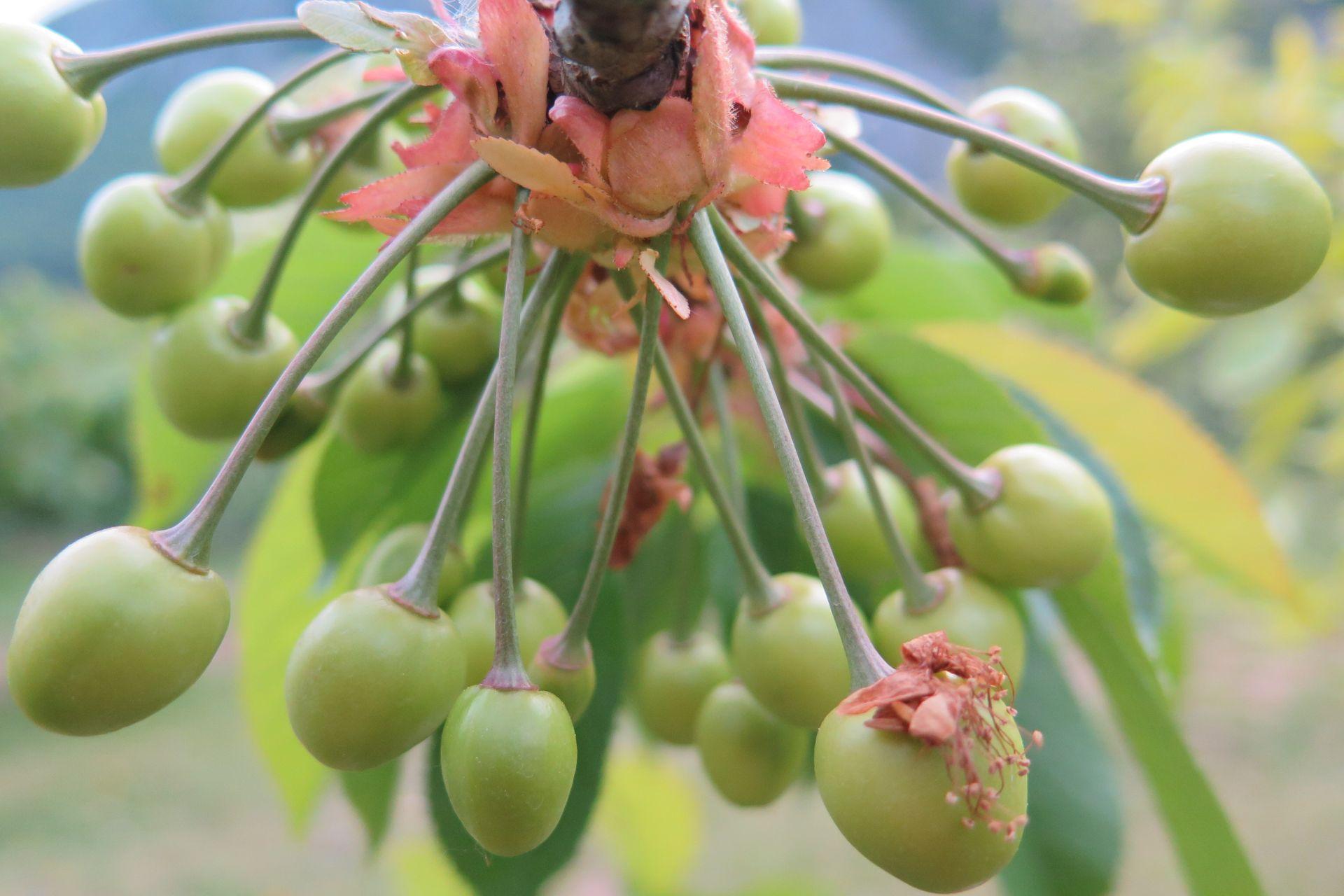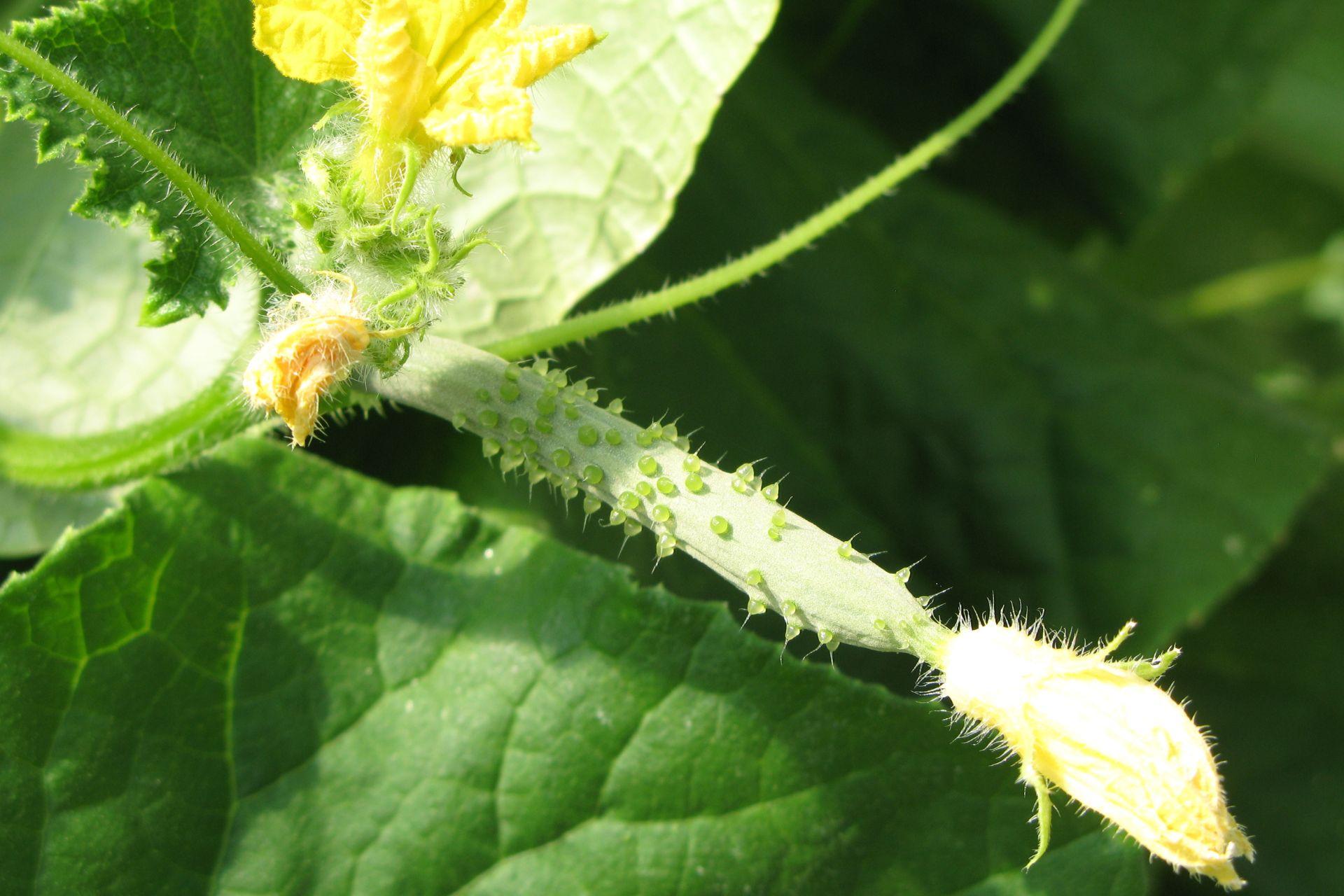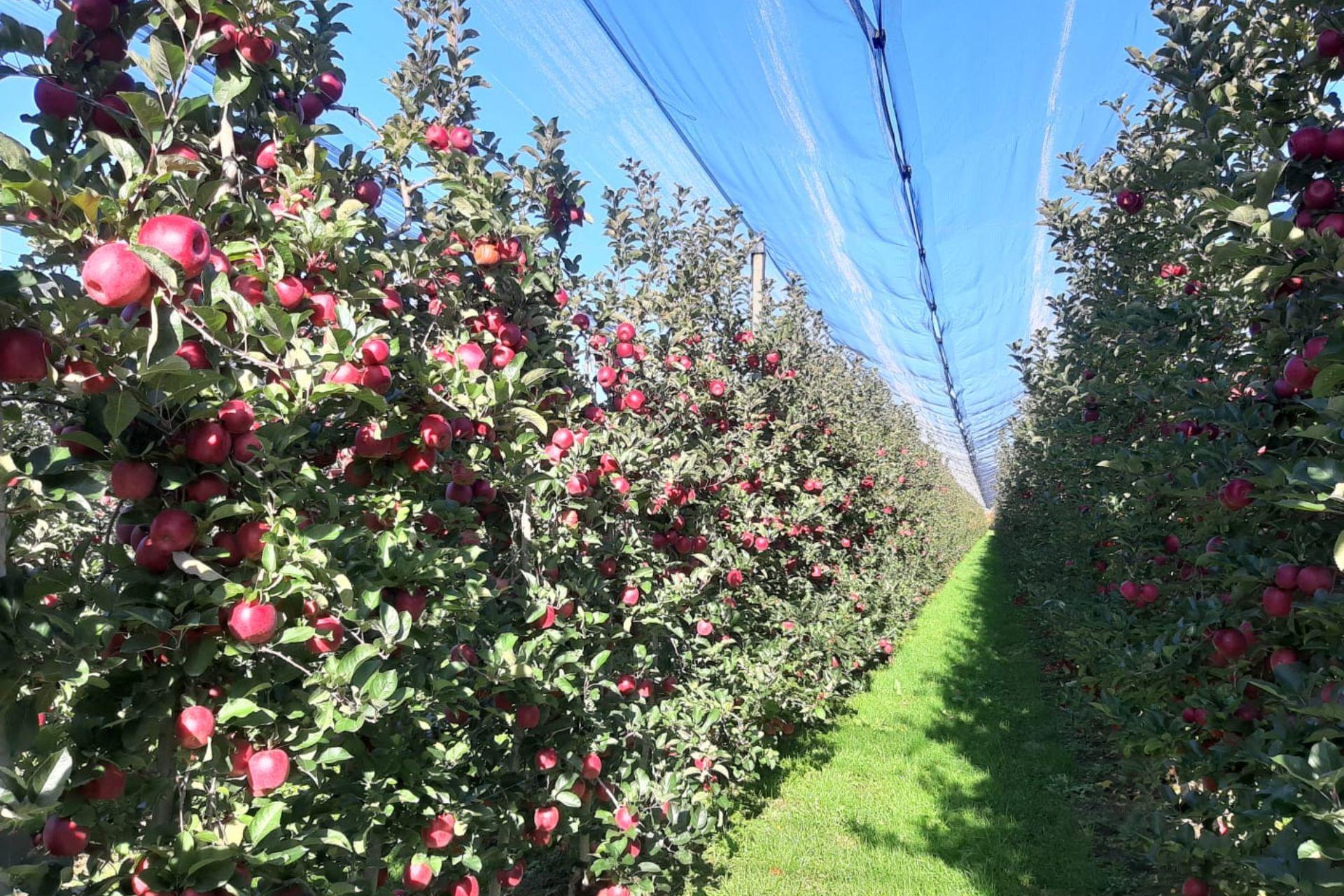
Phenological phases: how to encourage fruit set
Of the main phenological phases, fruit set is most decisive for the crop's yield.
Phenological phases, rather than phases of plant growth and development, could be defined as moments of special attention and maximum tension in which the farmer must make a choice in accordance with his agricultural situation.
It's a bit like standing in the starting blocks: you can't avoid the shot, and you can't anticipate the starter who leads off the race. Let alone if the starter instead of shooting into the air shoots at the athlete ... this is what happens with a sudden temperature change, a late frost or a long drought, all phenomena with which the farmer has to contend. Today, the farmer has to be 'athletic and disciplined' to finish his harvest. We do not tell our athlete to put on his shoes after he has started, because one must always be ready.
To be always ready, one must first know. Know your playing field.
What is fruit set
Fruiting is essentially the transition from flower structure to carpal structure, i.e. from flower to fruit, therefore, it affects the fertilisation process the most and determines the fruit production potential.
But how is it that in the transformation of the floral element the fruit can become fleshy as in a strawberry rather than dry as in an almond, and the skin tissue hairy as in a peach rather than pruinose as in a grape? Beyond botanical classification, the infinite differences in these natural phenomena are determined by the plant's primary programming and its specific programmes. When we talk about plants, we must always start with this concept first. Consequently, we must consider any interference in the processing of the programme.
What are the interferences in the phenological period of fruit set?
There is no doubt that environmental factors, both biotic and abiotic, can be a source of interference. Specifically, temperature trends, light irradiation and humidity if inadequate for the plant's needs. However, the main factor is the state of the plant's energy charge. This applies to all phenological phases. In essence, only if the plant has energy can it process its programmes.
The energy charge of a plant organism is usually identified in ATP (adenosine triphosphate), defined as the energy exchange currency of the organism in the process of cellular respiration or chlorophyll photosynthesis to the extent that it is said, the cell needs energy to function.
So far so good, but we are in the 1700s, the time of the beginning of modern chemistry. Then absolute darkness (perhaps this allowed the discovery of the dark phase of photosynthesis in 1905). We have to go as far back as the end of the 1900s with Mendini and his discovery of energy in perpetual passage to then arrive at the energy transformations of plants and the creation of a photosynthesis accelerator, BioAksxter®, which provides useful energy for all plant life processes by reprogramming their balances.

Returning to our fruit set, which is always about life processes, we were saying how important the plant's energy charge is in order to cope with the environmental conditions.
Since environmental factors that influence the phenological phases of plants must include weather conditions and their extreme variations dictated by climate change, how is it possible to always be prepared?
The answer is to keep the energy charge high in order to cope with sudden, unforeseen and unexpected phenomena of any kind. These phenomena may lead, for example, to poor or no fruit set (water stress, but also excess or deficiency of soil and air humidity, poor light irradiation, too high or too low temperatures, large temperature variations between day and night, but also strong attacks by fungi and parasites, hailstorms, absence of pollinating insects, excessive phytosanitary and plant protection treatments and the addition of various products).
Programme on tilt
The way of cultivation is therefore decisive for the result, because when the plant has little energy, a drop in the programme occurs and consequently it is no longer able to perform its functions. When the programme goes haywire, the plant loses its equilibrium, and consequently is stressed, loses its defences and falls ill. This can also lead to the death of the plant and an entire crop.
That's why treatments with BioAksxter® are essential: their regular and constant cadence provides useful energy for all vital processes, ensuring excellent production results.

Poor or no fruit set
Didn’t fruits set the fruits? Is seasonal production compromised?
The plant's reactivity was insufficient, energy reserves were lacking. It was enough to cultivate with BioAksxter®...
Poor or lack of fruit set particularly affects off-season crops, such as tomatoes during the winter-spring period, but in recent years the excessive rise in temperatures during the summer period, especially in greenhouses, has become a constant cause of flower abortion.
Overwhelmed by the climatic seesaw, the farmer, oblivious to his athletic character resistant to fatigue and disposed to harmonious development, now turns into a bad dancer, arranging himself on the stage of his agricultural theatre with a pirouette, a hop and a little jump and finally a splits. He improvises a new concoction, abounds with nitrogen, adjusts with hormones, puts on water takes off water, and go... a beneficial insect release. In the following days, he stimulates floral induction, assists growth, promotes pollination, stimulates cell multiplication, encourages metabolism, and evokes nutrient flows.
But no fruit set, the result is pitiful.
Treatments with BioAksxter® throughout the crop cycle would have addressed physiological deficiencies such as heat stress or water stress adverse to flower development, increased pollen viability and promoted the fertilisation process. They would have allowed optimal fruit set and in essence the reprogramming of the plant in the various phenological phases, avoiding quantitative and qualitative fruit failures.
 Apple crops treated with BioAksxter®
Apple crops treated with BioAksxter®